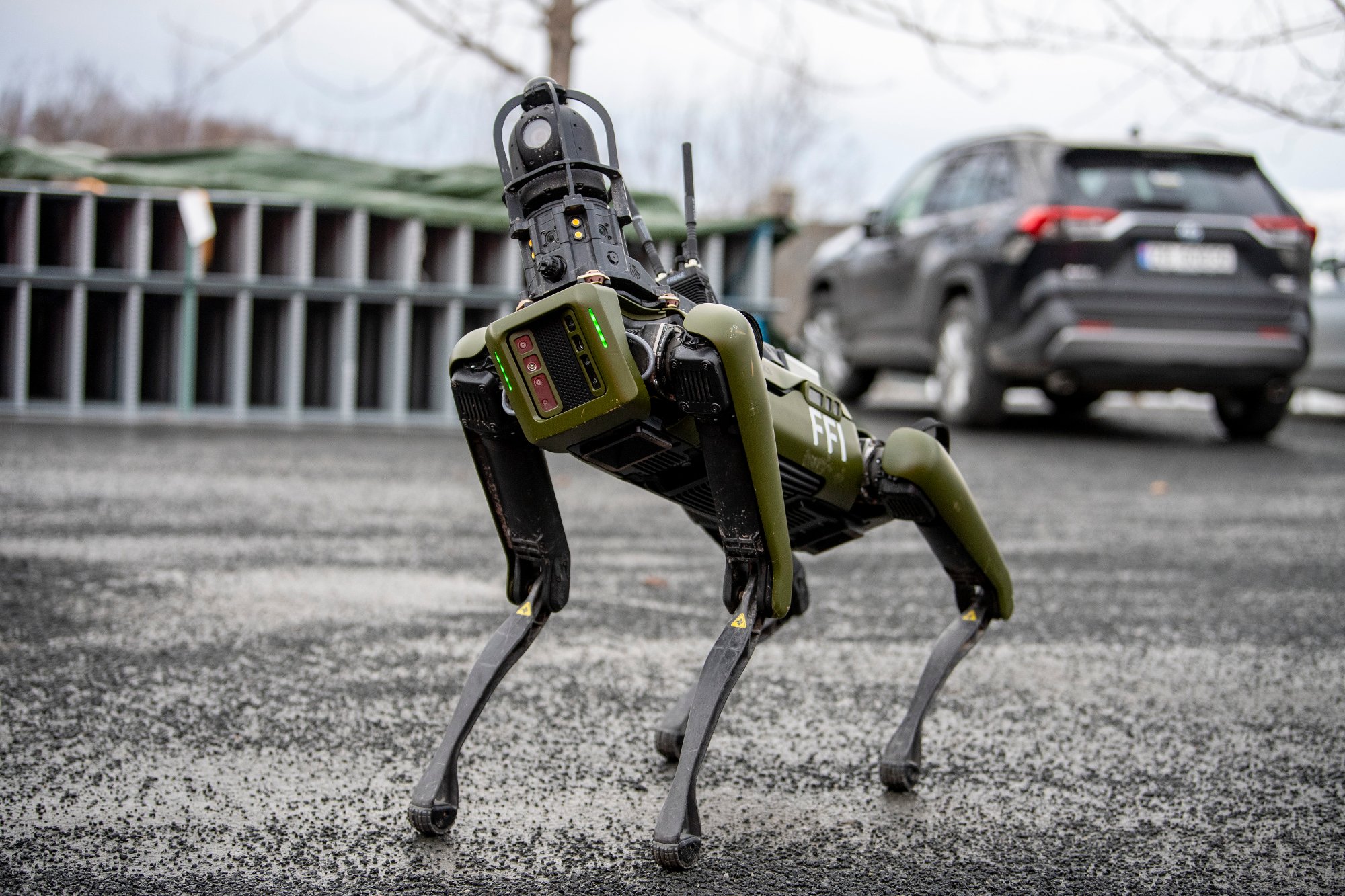The Norwegian Armed Forces are facing a technological revolution, says Director of Research Hanne Bjørk at the Armed Forces Research Institute (FFI) at NTB.
The corresponding waves of technology have already hit the energy, banking and finance sectors, and now the same is happening in the defense sector.
But there are conservative forces in Norwegian war material, and you use the equipment you’re used to. She points out that if the tank is replaced, it often happens with a new, more expensive model rather than thinking of something completely new.
But with the cost increases we’ve seen for conventional combat systems like combat aircraft and submarines, which are getting more and more expensive, we must at some point break that spiral. This is something that all NATO countries are fully aware of.
Drone and remote control
Technology is developing at a rapid pace. According to Bjørk, the evolution among civilian commercial players is now going faster than it was before.
They are collaborating with a number of these actors in order to take advantage of new and ground-breaking technology that can be used in warfare. And they want to cooperate with more people.
When you want to further develop the armed forces’ ability to innovate and provide faster solutions that increase security and preparedness, we must invite more new, unconventional players, she says.
This includes groundbreaking new technology with unmanned vehicles and remote-controlled aids, which could make soldiers less vulnerable in war.
A soldier’s best friend?
An example of this is the robotic dog Frick, named after one of Odin’s werewolves from Norse mythology. For a year and a half, FFI has been testing it. The technology, developed by Boston Dynamics, has been on the market for some time. The price of one dog is just over a million kroner.
– Very easy to control. It takes no more than ten minutes to get an idea of how to control it, says FFI researcher Tønnes Nygaard.
He controls the dog with a remote control similar to what one might use in computer games. Between the two cranes is a video screen with live images from a camera on the dog’s head.
Grits are not designed to kill. The purpose is to secure areas before soldiers enter. It is flexible and handles rough terrain well.
I have not seen a single ladder that cannot climb, says Nygaard.
Cyber security must be built
A robot dog could become part of the Norwegian Armed Forces, but it has not yet been decided whether the armed forces will go into a full purchase of it. A wide range of similar solutions are being tested regularly, including many drones and large unmanned vehicles that can solve military tasks in the field.
Portable 3D printers that can produce new parts for damaged weapons or vehicles are also being tested. Norway has four small satellites in space that monitor Norwegian waters and ensure communication along the coast. There are plans to send more.
Bjork notes that the defense authorities have taken an interest in increasing the presence and preparedness in the north, and this will be central to the search for new technological aid.
Do you become more vulnerable to cyber attacks and hacking as you become more dependent on technology?
– Yes, basically you become one. And that’s why there’s a lot of talk about this how this can be civilian and when you have to switch to some kind of military standard, says Bjork, who adds that you have to upgrade cybersecurity and put in place the security mechanisms needed to be strong against such attacks.
future war
There are future studies of what the war will look like in 20-30 years. These studies help raise the profile and pull the armed forces in a more technological direction.
But like the transition from oil and gas to renewable energy, this technological revolution takes time, Bjork emphasizes. It refers to the ongoing war in Ukraine, where conventional warfare equipment largely dominates.
– Then there are many who ask themselves the questions: Have we really come this far? When will new technology really matter? And it is not easy to answer, but the one who sits and waits the longest on the fence, will not have at least any technological advantage. Maybe that’s something we’ve learned from history and from other sectors, she says.
(© NTB)

“Web specialist. Lifelong zombie maven. Coffee ninja. Hipster-friendly analyst.”




